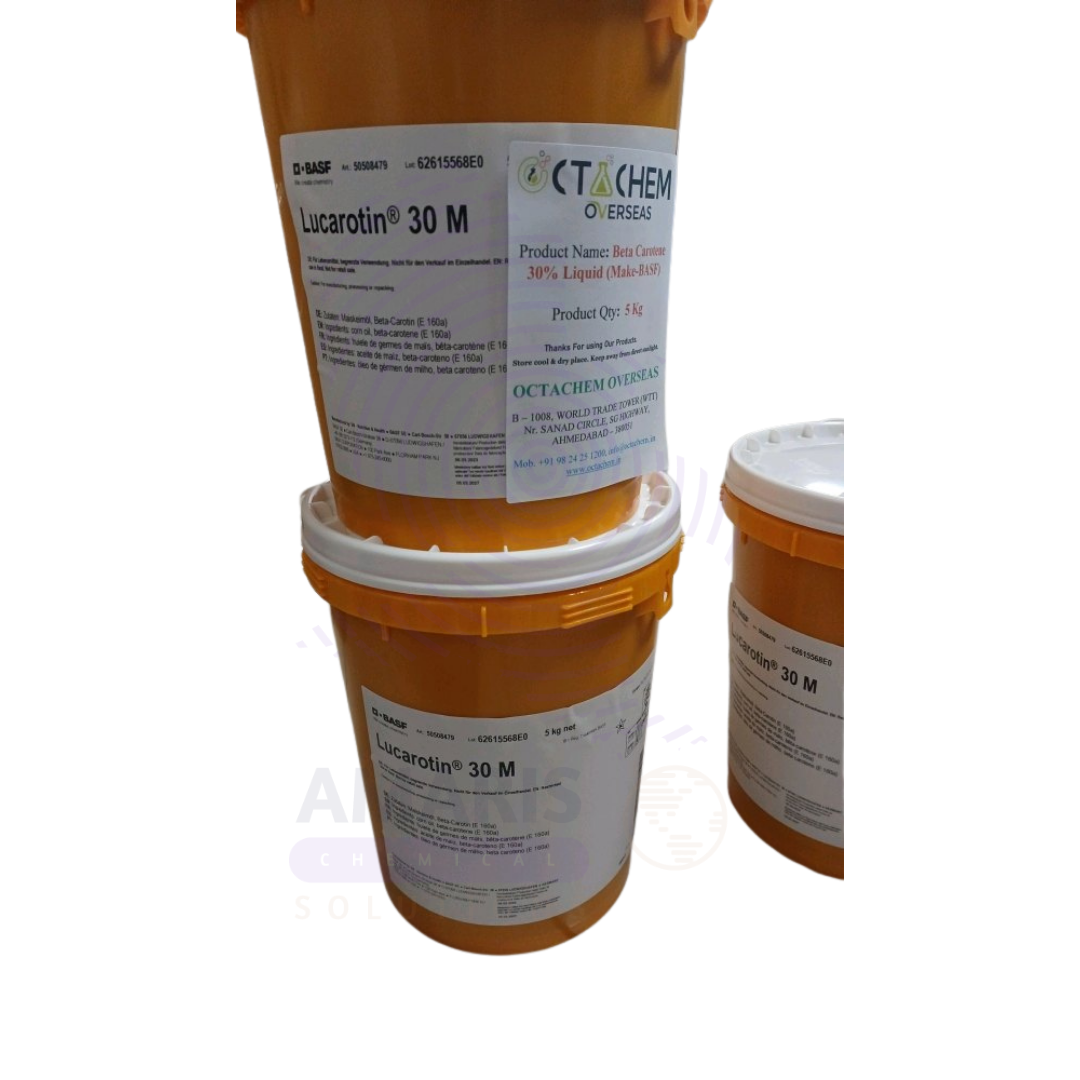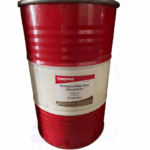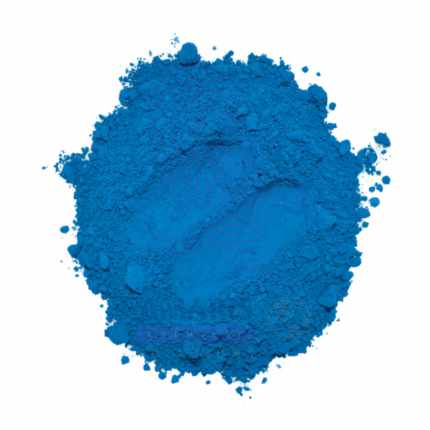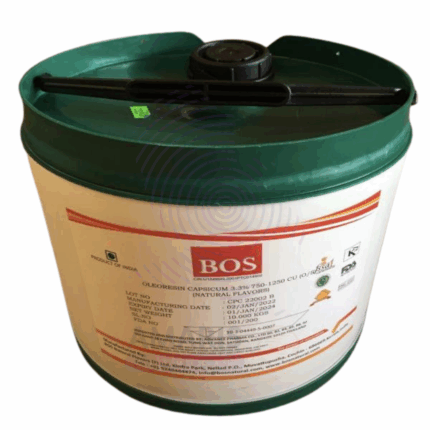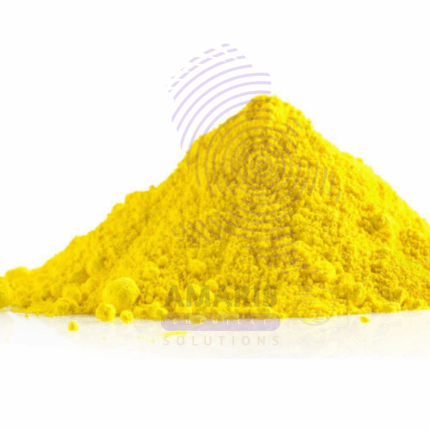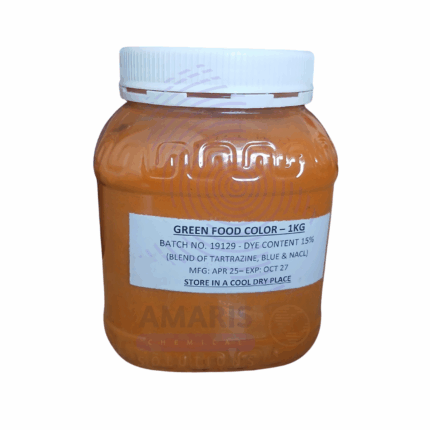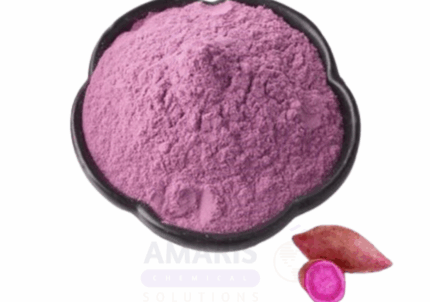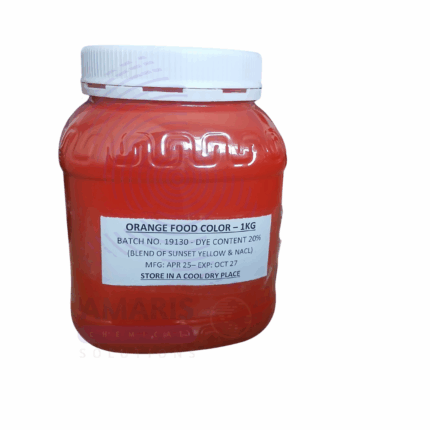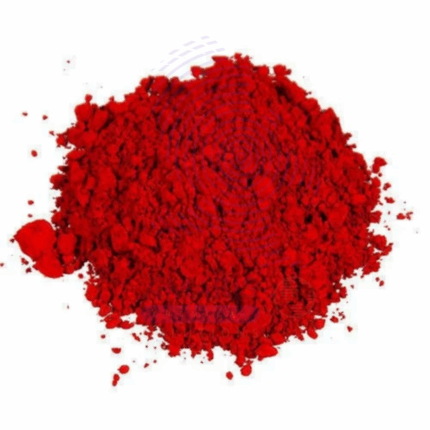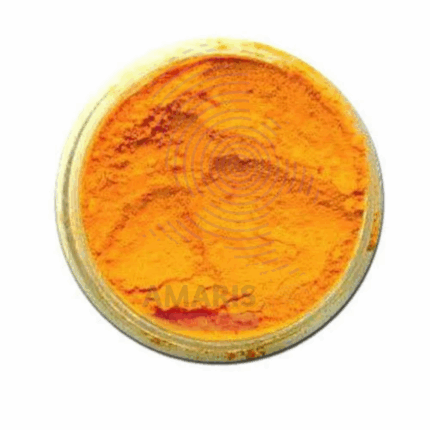Beta Carotene
Whatsapp Order
Beta Carotene is a concentrated formulation of beta carotene, a naturally occurring red-orange pigment found in plants and fruits. It is a precursor to vitamin A and a potent antioxidant that helps protect cells from oxidative damage. This product, typically suspended in an oil base or suitable carrier, is widely used as a natural colorant, nutritional supplement, and cosmetic ingredient. Beta Carotene 30% SUN offers enhanced stability under sunlight exposure, making it ideal for food, feed, and cosmetic applications where light stability is critical.
Description
Table of Contents
Toggle
Beta Carotene
Primary Uses
- Food & Beverage Industry
- Used as a natural colorant to impart an orange to yellow hue in beverages, dairy products, confectionery, and baked goods.
- Added as a vitamin A precursor to fortify food products and enhance their nutritional profile.
- Acts as an antioxidant to preserve food quality and extend shelf life by preventing oxidation.
- Nutritional Supplements
- Incorporated in capsules, tablets, and soft gels as a source of pro-vitamin A to support vision, skin health, and immune function.
- Used in animal feed formulations to improve pigmentation and health of livestock and poultry.
- Cosmetics & Personal Care
- Added to skincare and haircare products for its antioxidant properties and natural color enhancement.
- Used in sun care products to provide natural color and contribute to UV protection.
Secondary Uses
- Utilized in pharmaceuticals as a natural pigment and vitamin A source.
- Employed in pet food formulations for pigmentation and health benefits.
- Applied in specialty paints and coatings as a pigment and antioxidant additive.
KEY PRODUCT FEATURES
1. Basic Identification Attributes
- Chemical Name (IUPAC): Beta, beta-carotene
- Common/Trade Names: Beta Carotene 30% SUN, E160a, Provitamin A carotenoid
- CAS Number: 7235-40-7
- HS Code: 3204.17.00
- Molecular Formula: C40H56
- Synonyms: Pro-vitamin A, all-trans-beta-carotene, carotenoid pigment
2. Physical & Chemical Properties
- Physical State: Viscous orange-red liquid or paste (30% concentration)
- Color & Odor: Deep orange, characteristic odor
- Solubility: Soluble in oils and organic solvents; insoluble in water
- Melting Point: Approximately 180–183°C (decomposes)
- Stability: Sensitive to heat, light, and oxygen; 30% SUN formulation offers enhanced light stability
3. Safety & Hazard Attributes
- Hazard Class (GHS): Not classified as hazardous; generally recognized as safe (GRAS)
- NFPA Ratings: Health 1, Flammability 1, Reactivity 0
- Exposure Limits: No specific OSHA limits; use general industrial hygiene practices
- Toxicity: Low toxicity; excessive intake may cause carotenemia (non-toxic skin discoloration)
4. Storage & Handling Attributes
- Storage Conditions: Store in cool, dark, and airtight containers to prevent oxidation
- Container Type: Amber glass or opaque containers recommended
- Shelf Life: 1–2 years under proper storage conditions
- Special Handling: Minimize exposure to heat, light, and air; use antioxidants if necessary
5. Regulatory & Compliance Attributes
- FDA: Approved as a food color additive (21 CFR 73.35) and dietary supplement ingredient
- EFSA: Approved as food additive E160a with specified purity criteria
- JECFA: Evaluated and permitted within set limits
- Transportation: Not classified as hazardous
- Waste Disposal: Follow local regulations for organic substances
6. Environmental & Health Impact
- Ecotoxicity: Low environmental toxicity; biodegradable
- Persistence: Biodegrades under aerobic conditions
- Carcinogenicity: Not classified as carcinogenic
- Biodegradability: Readily biodegradable
SAFETY HANDLING PRECAUTIONS
Safety Handling Precautions
- PPE: Use gloves and protective clothing to avoid skin staining and irritation.
- Ventilation: Handle in well-ventilated areas to prevent inhalation of dust or aerosols.
- Storage: Keep containers tightly closed, protected from light and heat.
- Hygiene: Wash hands after handling; avoid ingestion and prolonged skin contact.
First Aid Measures
- Inhalation: Move to fresh air if inhaled; seek medical attention if irritation develops.
- Skin Contact: Wash with soap and water; remove contaminated clothing.
- Eye Contact: Rinse eyes thoroughly with water; seek medical advice if irritation persists.
- Ingestion: Rinse mouth and seek medical advice if large amounts are ingested.
Firefighting Measures
- Fire Hazards: Combustible organic material; can burn with orange flame.
- Extinguishing Media: Use foam, dry chemical, or CO₂ extinguishers.
- Special Precautions: Avoid inhalation of combustion products; firefighters should wear protective gear.
Related products
Brilliant Blue water soluble
Capsicum Oleoresin
Capsicum Oleoresin is a concentrated extract derived from the dried fruits of Capsicum annuum or Capsicum frutescens (chili peppers). It is a dark red to brownish oily liquid containing approximately 8% capsaicinoids—primarily capsaicin and dihydrocapsaicin—which are the primary pungent components. This oleoresin is widely used for its flavoring, coloring, medicinal, and irritant properties in the food, pharmaceutical, veterinary, and defense industries. It is produced by solvent extraction followed by standardization to achieve consistent pungency levels. The product is highly potent and must be handled with care due to its intense irritant nature.
Egg Yellow Dye
Egg Yellow Dye is a concentrated synthetic dye known for its bright yellow coloration and strong affinity for protein fibers such as wool, silk, and nylon. It is typically supplied as a 25% dye solution or paste, offering easy dispersion and consistent color yield in textile and leather applications. The dye provides vibrant yellow shades with excellent fastness properties to washing, light, and perspiration. It is widely used in textile dyeing, leather processing, and specialty industries requiring stable yellow colorants.
Green Color Water Soluble
Green Color Water Soluble is a synthetic dye characterized by its vibrant green hue and excellent solubility in water. This dye is widely used in various industries including textiles, cosmetics, food and beverage, and cleaning products for imparting a bright, consistent green coloration. It offers good stability, easy application, and compatibility with multiple substrates. Its water solubility makes it ideal for aqueous dyeing processes and formulations.
Natural Sweet Potatoes Extract
Natural Sweet Potatoes Extract is a concentrated substance derived from the roots of sweet potatoes (Ipomoea batatas) through processes such as solvent extraction, freeze-drying, or spray drying. Rich in antioxidants, vitamins (especially vitamin A and C), minerals, and natural pigments like beta-carotene and anthocyanins, this extract is valued for its nutritional benefits and vibrant natural color. It is widely used in food, beverage, nutraceutical, cosmetic, and pharmaceutical applications for its health-promoting and coloring properties.
Orange Color water soluble
Orange Color Water Soluble is a synthetic, water-soluble food-grade colorant formulated to deliver a vibrant orange hue in aqueous-based applications. Known for its excellent solubility, bright shade, and strong tinctorial strength, it is widely used in the food, beverage, cosmetic, and pharmaceutical industries. This colorant ensures consistent dispersion in water-based systems, offering high stability, good lightfastness, and compatibility with other colorants and functional ingredients. It is ideal for manufacturers seeking non-staining, non-toxic, and easily processable color solutions that meet regulatory standards for food and personal care applications.
Ponceau 4r Red Shade
Ponceau 4r red shade is a high-concentration synthetic red azo dye, widely used for imparting bright red coloration to food, textiles, and cosmetics. It exhibits excellent water solubility and strong affinity for protein fibers and various substrates. Known for its vibrant and stable red shade, Ponceau 4R is commonly applied in food coloring, textile dyeing, and cosmetic formulations. It complies with regulatory standards for approved uses in several countries.
Sunset Yellow Orange Shade
Sunset Yellow Orange Shade is a synthetic azo dye that provides bright orange-yellow coloration. It is widely used in food and beverage products, cosmetics, and pharmaceuticals, offering stable and vibrant color with good solubility in water. The dye meets regulatory standards for safety and quality, making it suitable for a variety of commercial applications.


 Preservatives(food)
Preservatives(food) Flavor Enhancers
Flavor Enhancers Acidulants
Acidulants Sweeteners
Sweeteners Antioxidants
Antioxidants Colorants(food)
Colorants(food) Nutraceutical Ingredients (food)
Nutraceutical Ingredients (food) Nutrient Supplements
Nutrient Supplements Emulsifiers
Emulsifiers
 Collectors
Collectors Dust Suppressants
Dust Suppressants Explosives and Blasting Agents
Explosives and Blasting Agents Flocculants and Coagulants
Flocculants and Coagulants Frothers
Frothers Leaching Agents
Leaching Agents pH Modifiers
pH Modifiers Precious Metal Extraction Agents
Precious Metal Extraction Agents
 Antioxidants(plastic)
Antioxidants(plastic) Colorants (Pigments, Dyes)
Colorants (Pigments, Dyes) Fillers and Reinforcements
Fillers and Reinforcements Flame Retardants
Flame Retardants Monomers
Monomers Plasticizers
Plasticizers Polymerization Initiators
Polymerization Initiators Stabilizers (UV, Heat)
Stabilizers (UV, Heat)
 Antifoaming Agents
Antifoaming Agents Chelating Agents
Chelating Agents Coagulants and Flocculants
Coagulants and Flocculants Corrosion Inhibitors
Corrosion Inhibitors Disinfectants and Biocides
Disinfectants and Biocides Oxidizing Agents
Oxidizing Agents pH Adjusters
pH Adjusters Scale Inhibitors( water)
Scale Inhibitors( water)
 Antioxidants(cosmetic)
Antioxidants(cosmetic) Emollients
Emollients Fragrances and Essential Oils
Fragrances and Essential Oils Humectants
Humectants Preservatives
Preservatives Surfactants(cosmetic)
Surfactants(cosmetic) Thickeners
Thickeners UV Filters
UV Filters
 Fertilizers
Fertilizers Soil Conditioners
Soil Conditioners Plant Growth Regulators
Plant Growth Regulators Animal Feed Additives
Animal Feed Additives Biostimulants
Biostimulants Pesticides (Herbicides, Insecticides, Fungicides)
Pesticides (Herbicides, Insecticides, Fungicides)
 Active Pharmaceutical Ingredients (APIs)
Active Pharmaceutical Ingredients (APIs) Excipients
Excipients Solvents(pharmaceutical)
Solvents(pharmaceutical) Antibiotics
Antibiotics Antiseptics and Disinfectants
Antiseptics and Disinfectants Vaccine Adjuvants
Vaccine Adjuvants Nutraceutical Ingredients (pharmaceutical)
Nutraceutical Ingredients (pharmaceutical) Analgesics & Antipyretics
Analgesics & Antipyretics
 Analytical Reagents
Analytical Reagents Solvents(lab)
Solvents(lab) Chromatography Chemicals
Chromatography Chemicals Spectroscopy Reagents
Spectroscopy Reagents microbiology-and-cell-culture-reagents
microbiology-and-cell-culture-reagents Molecular Biology Reagents
Molecular Biology Reagents Biochemical Reagents
Biochemical Reagents Inorganic and Organic Standards
Inorganic and Organic Standards Laboratory Safety Chemicals
Laboratory Safety Chemicals Specialty Laboratory Chemicals(Special Laboratory Equipment)
Specialty Laboratory Chemicals(Special Laboratory Equipment)
 Demulsifiers
Demulsifiers Hydraulic Fracturing Fluids
Hydraulic Fracturing Fluids Scale Inhibitors(oil)
Scale Inhibitors(oil) Surfactants(oil)
Surfactants(oil) Drilling Fluids
Drilling Fluids
 Dyes and Pigments
Dyes and Pigments Bleaching Agents
Bleaching Agents Softening Agents
Softening Agents Finishing Agents
Finishing Agents Antistatic Agents
Antistatic Agents
 Admixtures
Admixtures Waterproofing Agents
Waterproofing Agents Sealants and Adhesives
Sealants and Adhesives Curing Compounds
Curing Compounds Concrete Repair Chemicals
Concrete Repair Chemicals Anti-Corrosion Coatings
Anti-Corrosion Coatings
 Surfactants(cleaning)
Surfactants(cleaning) Builders
Builders Enzymes
Enzymes Solvents (Cleaning)
Solvents (Cleaning) Fragrances
Fragrances
 Electronic Chemicals
Electronic Chemicals Catalysts
Catalysts Lubricants
Lubricants Photographic Chemicals
Photographic Chemicals Refrigerants
Refrigerants Automotive chemicals
Automotive chemicals Pyrotechnic Chemicals
Pyrotechnic Chemicals
 Biodegradable Surfactants
Biodegradable Surfactants Bio-based Solvents
Bio-based Solvents Renewable Polymers
Renewable Polymers Carbon Capture Chemicals
Carbon Capture Chemicals Wastewater Treatment Chemicals
Wastewater Treatment Chemicals
 Pigments
Pigments Solvents(paint)
Solvents(paint) Specialty Coatings
Specialty Coatings Binders/Resins
Binders/Resins Additives
Additives Driers
Driers Anti-Corrosion Agents
Anti-Corrosion Agents Functional Coatings
Functional Coatings Application-Specific Coatings
Application-Specific Coatings
 Fresh Herbs
Fresh Herbs Ground Spices
Ground Spices Whole Spices
Whole Spices Spice Blends
Spice Blends Dried Herbs
Dried Herbs
 Leavening Agents
Leavening Agents Dough Conditioners
Dough Conditioners Flour Treatments
Flour Treatments Fat Replacers
Fat Replacers Decoratives
Decoratives Preservatives(baking)
Preservatives(baking)
 Plasticizers & Softeners
Plasticizers & Softeners Reinforcing Agents
Reinforcing Agents Adhesion Promoters
Adhesion Promoters Vulcanizing Agents
Vulcanizing Agents Antidegradants
Antidegradants Blowing Agents
Blowing Agents Fillers & Extenders
Fillers & Extenders Accelerators & Retarders
Accelerators & Retarders